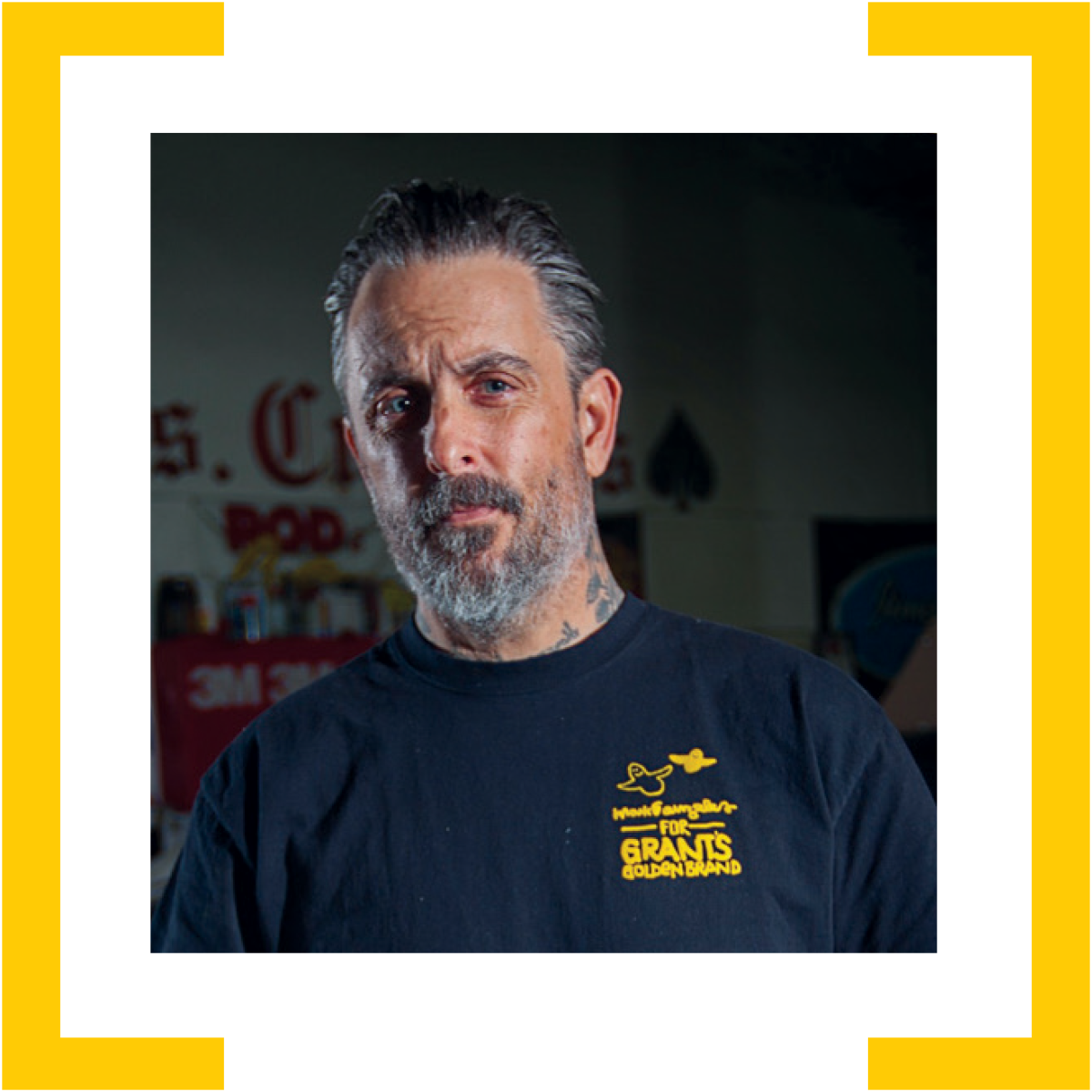
 Still Hammerin’
Still Hammerin’InTheGarageMedia.com

ou know, the one (main) thing that differentiates the classic truck community now from back when I piloted Classic Trucks magazine in the early 2000s is the community. Simply put, the people are different … and that’s not being said in a negative light whatsoever.
What is Google’s definition of community? “A group of people with a common characteristic or interest living together within a larger society; a body of persons of common and especially professional interests scattered through a larger society. (Still amazed how I never say “Webster’s” when translating anymore … kinda sad.)
I first became (officially) immersed into the classic truck world back in the mid 1990s—back when then-editor of Truckin’ Classic Trucks Bill Turner assigned me to do a Saginaw four-speed install on my 1954 Chevy with “good” old Patrick’s Antique. Back then, I was fairly young and not as well received as I was in the custom car world, as the classic truck community at the time was comprised mostly of hard-core F-100 and early Chevy enthusiasts. Nothing like it is today. But it didn’t take long for me to fit in, even though, thanks to my other McMullen cohort, Courtney Hallowell, I had a heavy “modern” influence on all the truck stuff I did: airbags, wheels larger than 15 inches, and so on! But the people—the community—were a great, closeknit group, which I loved to be a part of. Again, nothing like it is today.
When I finally became editor of Classic Trucks in the early 2000s (at which time the publication had lost its Truckin’ affiliation, as it had been moved over into the Street Rodder Group under Tom Vogele and current-ITGM publisher Tim Foss), a lot more younger truck enthusiasts were getting involved, and at the same time, a number of street/hot rod manufacturers were starting to offer classic truck–specific parts and accessories. But as the segment of the hobby began to take off, so too was I … taken off Classic Trucks, that is, and given the reins of Rod & Custom magazine (before it was officially axed, for good, by our corporate overseers!).
Ten or so years later I found myself back on the masthead of Classic Trucks, and by then, as expected, both the hobby and the industry had exploded. With that massive growth came a new (much younger) community. The number of street/hot rod manufacturers now catering directly to the classic truck market had also exploded, but more noticeably, the number of dedicated classic truck companies—and shops—had grown immensely! However, my exposure to the scene was somewhat limited, as I was spending most of my time working on Street Rodder with Brian Brennan, the very title I’d started my career with decades earlier.
Fast-forward to 2020 and the birth of Classic Truck Performance. Now, while I’d gotten some exposure to that younger scene back on Classic Trucks before it ultimately went to the wayside with all those other great McMullen-Prime-Source-TEN titles the year prior, I really had no idea to what extent the classic truck world had grown and, more importantly, progressed. To quote one of our more famous (or infamous, depending on how you look at it!) presidents, it was HUGE! So huge in fact that I had to familiarize myself with so many new(er) shops, builders, and of course companies that produced and/or sold directly to the classic truck segment. This time around, I was the “old” guy dealing with youngsters!
But the best part so far has been (which was clearly evident at Dino’s 14th Annual Git-Down): the community is amazing! The people are first class—from the shop owners and the craftsmen keeping them busy to the company owners and their employees keeping them in business to the truck owners themselves … some of the greatest people I’ve ever had the pleasure of spending time with (on and off the clock!).
It’s been an incredible ride so far, one that I’m beyond fortunate to have been able to remain in the driver seat this long. Let’s just hope it’s far from being over!
 BY
BY